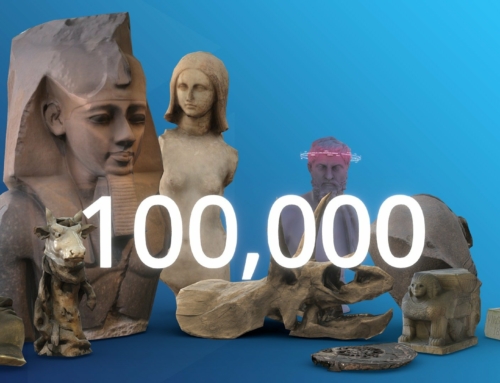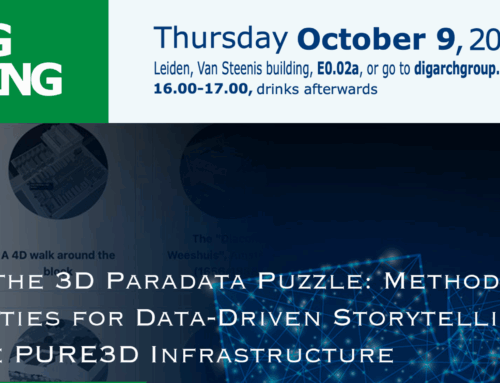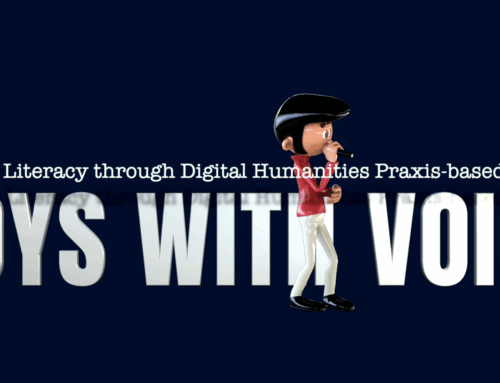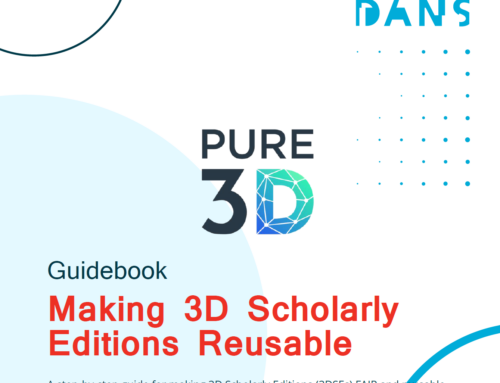Smithsonian Workshop on 3D Digital Storytelling
By Kelly Gillikin Schoueri, PhD Candidate, Maastricht University
Over the past three years, the PURE3D project has successfully supported more than 60 3D Scholarly Editions through a variety of training workshops. These workshops, centered on both the technical and conceptual elements of using the Smithsonian Voyager Story Platform, have included collaborations with pilot project partners, BA and MA students from Maastricht University, colleagues from Tokyo University, and independent researchers. Most recently, in May and June 2024, we were honored to collaborate with the 3D Team at the Smithsonian Digitization Program Office (DPO) to organize a hybrid and in-person 3D Digital Storytelling workshop for curators and educators from the Smithsonian Institute.
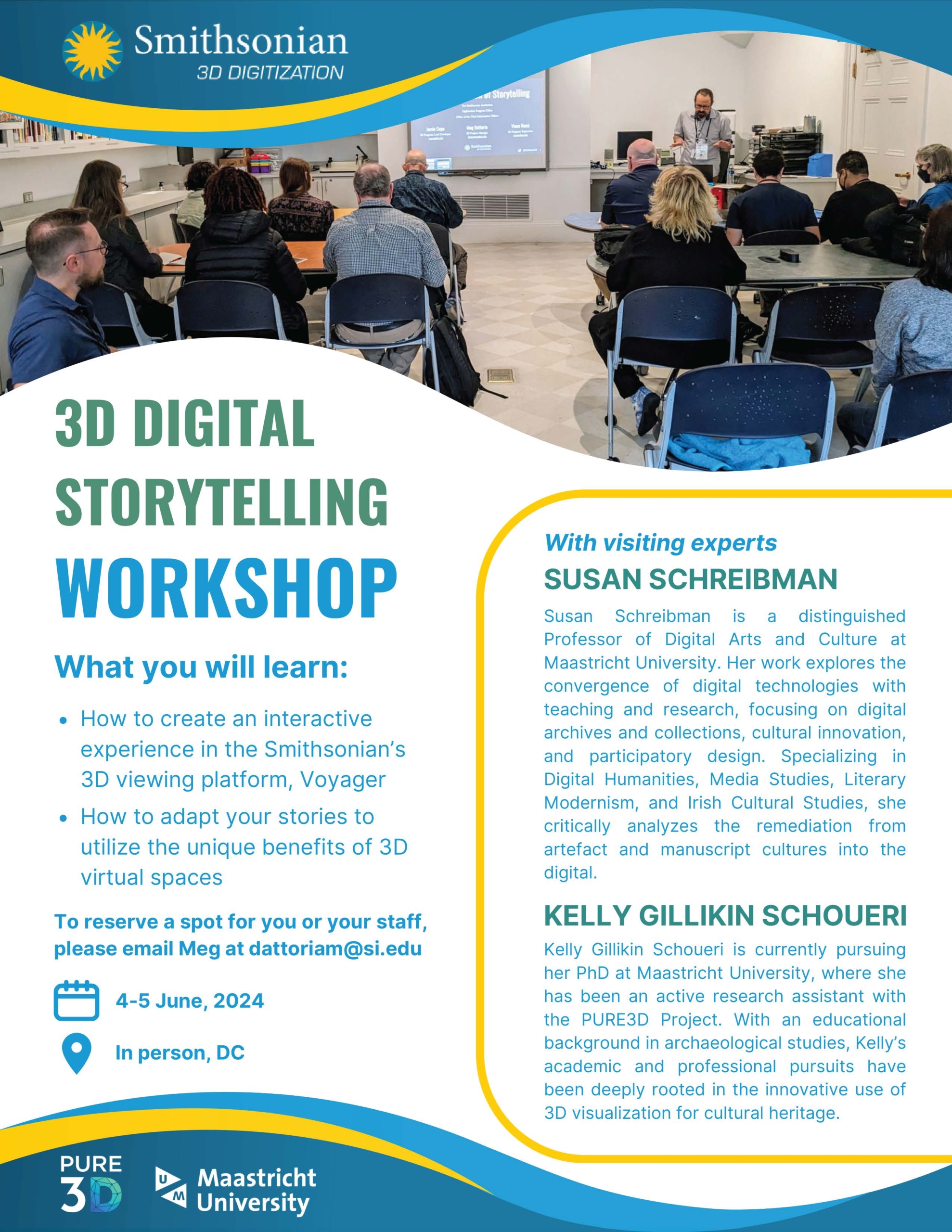
About the Participants
With the help from DPO staff member Meg Dattoria, we were able to recruit a lively and diverse group of participants from a range of museums within the Smithsonian consortium. These include curators, educators and digital media specialists from The Air and Space Museum, The Museum of the American Latino, The National Portrait Gallery, The Museum of Natural History, The American Art Museum and The Anacostia Community Museum. There were also representatives from the Our Shared Future: Reckoning with Our Racial Past — an initiative for shedding light on systemic racism in America.
The participants were asked to chose objects that had been or were planning to be digitised by the DPO Staff. The wide range of the objects speaks to the diversity of the Smithsonian collection — from a replica of triceratops skeleton to shoes, from racially-charged statues to portraits of iconic American figures, from space shuttles to tongue plates. At first glance, these objects seem self-explanatory. We can already predict what types of stories might be told about them based on what we already know from the standard museum exhibition format — the date, place and creator of the object and maybe some small accompanying description. However, these objects were chosen because there is more to them than meets the eye. The participants believed these objects had the potential to tell stories that would spark interest and challenge preconceptions.
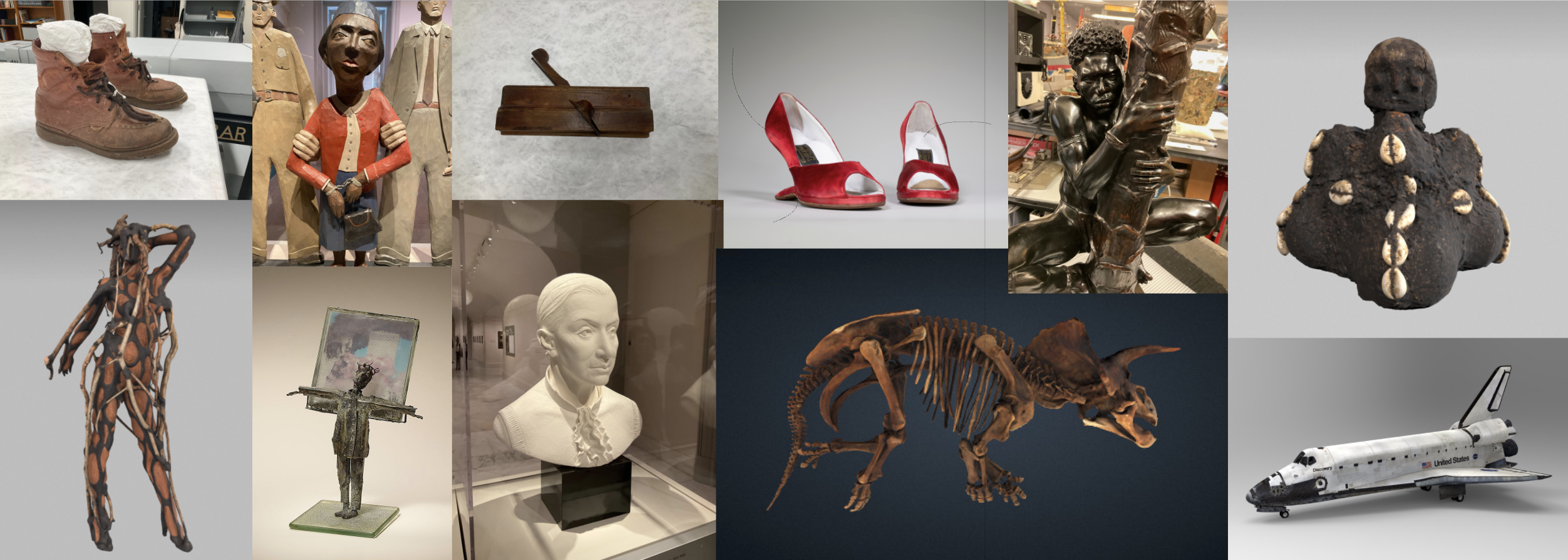
Training Trajectory – Virtual Introductions
In advanced of the in-person workshop in June, we requested that the participants attend two online sessions. We felt these online portions could alleviate some onboarding tasks and pre-work from the in-person workshop. The first session took care of the group introductions and workshop goals and trajectory as well as providing some homework for the participants to complete for the second online session in which the participants were asked to identify physical features on the object that could be starting off points for information or stories. They were asked to identify these using images and digital sticky notes within the Miroboard application.
Their second bit of homework was to write a short introduction from the object’s perspective. Inspired by the film franchise, A Night in the Museum, we instructed the participants to imagine their object came to life and were attending a social evening set in the museum — if this object could speak for itself, what would it say? The participants embraced the challenge of thinking about their object in this way. Their object introductions were so captivating that we encouraged them to incorporate these introductions directly into the final audio elements for the Voyager platform. This creative approach added a deeply personal dimension to the digital stories, challenging preconceptions and sparking curiosity in ways we hadn’t anticipated.
Training Trajectory – Physical Encounters
After laying the groundwork online, the in-person sessions offered a chance to build on these ideas, diving deeper into the practical and technical elements of 3D storytelling. We did this by replicating some of our activities from previous focus group and training iterations but also tailored the design thinking methods to focus on the Voyager application as well as the museum digital storytelling context. Day One of the workshop included a Value Walk on 3D Digital Storytelling for museums. We also had them complete an Introduction to Voyager survey in which they were asked to evaluate the Voyager platform through a Plus/Delta exercise. From there, the participants were tasked with creating Personas of their intended audience — from science fanatics to school children. It was useful for them to imagine who will be engaging with the digital content and to tap into their possible psyche — what are their goals and pain points, what do they say, do, think and feel?
After these warm-up activities we started the participants on learning the technical in’s and out’s of the editing side of Voyager — Voyager Story. For this workshop, we split the Voyager tutorial into two parts, a Voyager Basics for learning how to create annotations, articles and tours. The second part was given to them on the second workshop day and focused on more advanced configurations using Voyager to better incorporate the 3D space into the narrative. Splitting up these documentation allowed for some mental breaks to allow the application functions to settle in a bit better. Once the participants were exposed to these advanced Voyager features we had them do a Dot Voting Exercise in which they selected the three most useful features that is offered by Voyager.
The rest of the time was spent in individual time for working on conceptualizing their narratives using the presentation slide format, gathering information and sources and starting to implement their content into their Voyager project. In the end, this was a useful use of their time to spend it in sharing ideas, collaborating and co-working.
New Outlooks
The workshop concluded with a wrap-up discussion and feedback on the workshop in the form of Love/Breakup Letters. The discussion centered on next steps what they needed in order to complete their project. This led to the proposition for online co-working sessions in which they could reserve time for working on their projects in the company of peers. This has inspired the beginnings of a community of like-minded Smithsonian colleagues who are now equipped with the knowledge and expertise of developing a Voyager project from start to finish. The DPO is hopeful this event has both empowered and encouraged their own target user group, the museum curators, educators and digital media specialists, to take 
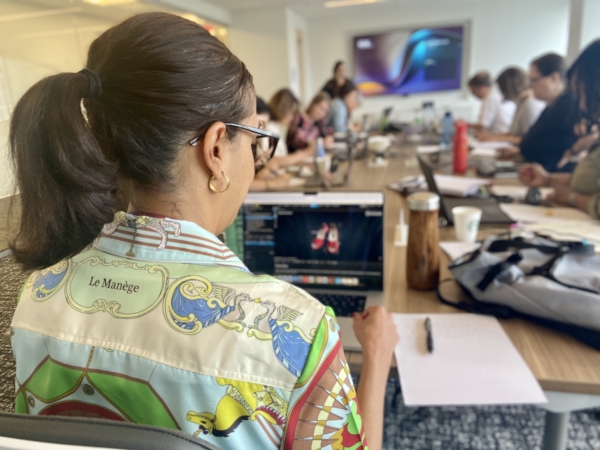 3D digital storytelling into their own capable and competent hands.
3D digital storytelling into their own capable and competent hands.
From the PURE3D perspective, we were inspired by participants dedication during the workshop and their openness to give and receive feedback. We are planning to meet again soon online to reconnect and become updated on their progress.
For PURE3D, this workshop—along with others conducted over the past three years—has been invaluable in shaping our pedagogical approach to 3D edition development. As we move forward, we’re excited to see how the Smithsonian Voyager Platform continues to push the boundaries of digital curation, shifting the focus from quantity to quality in 3D heritage models, and igniting inspiration for future projects.


